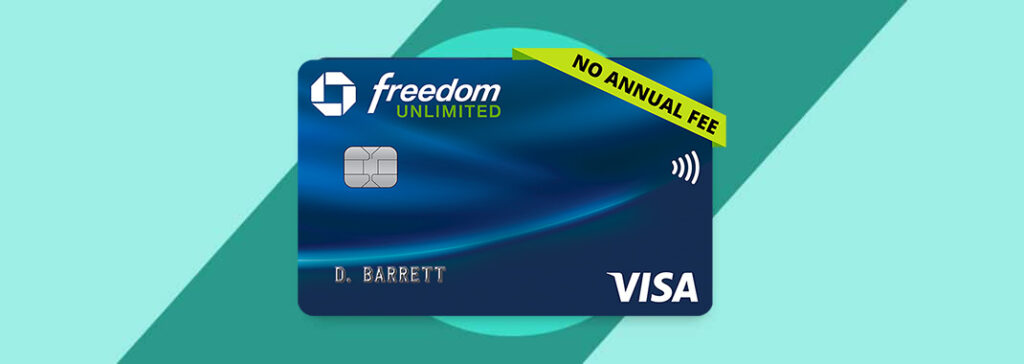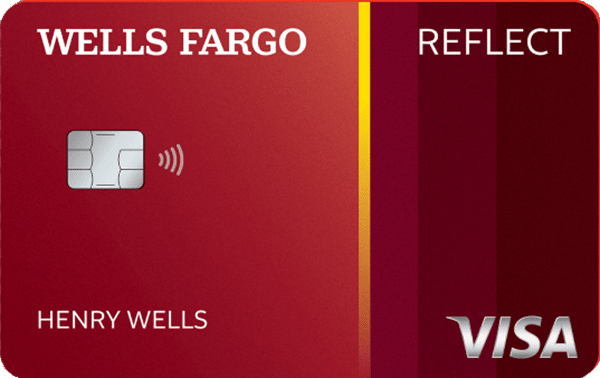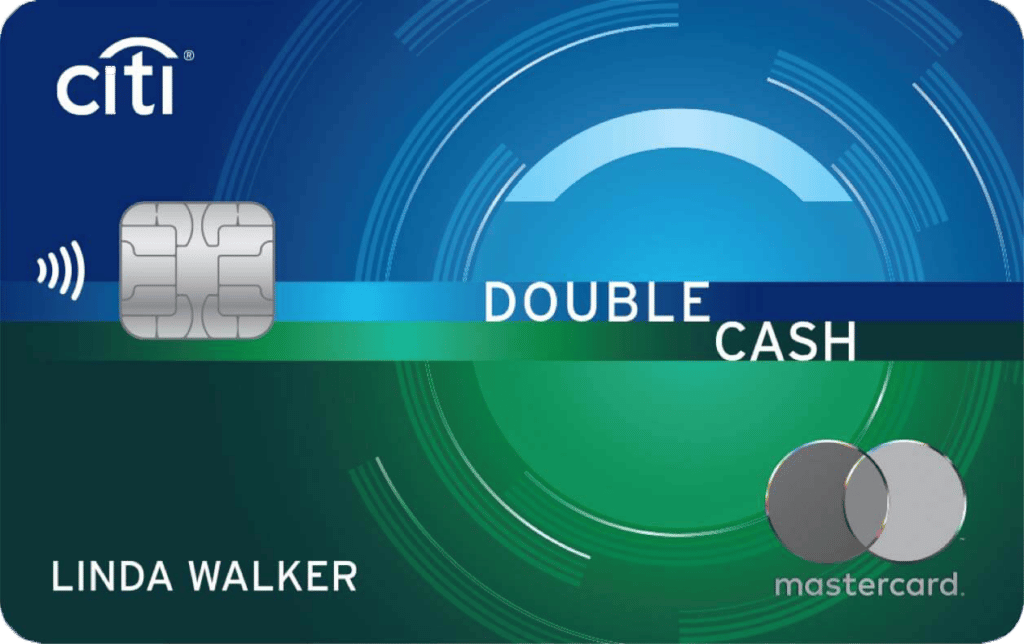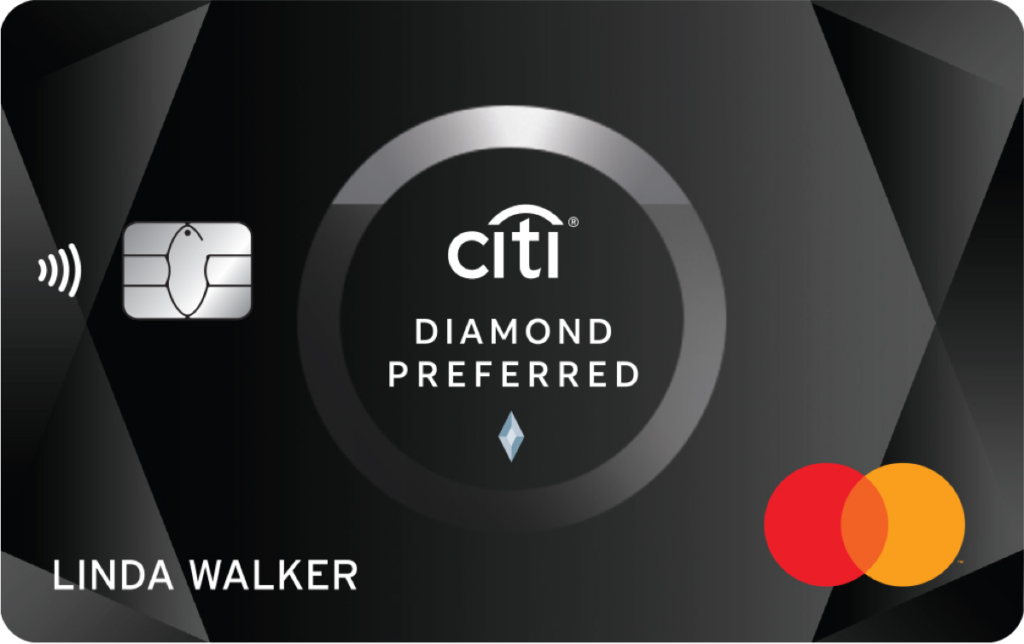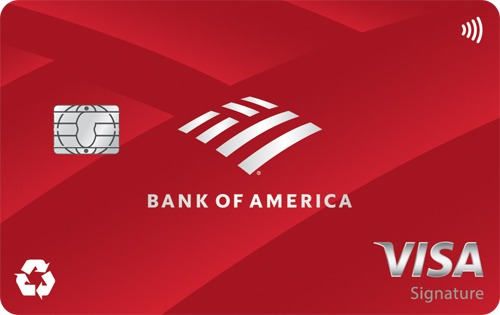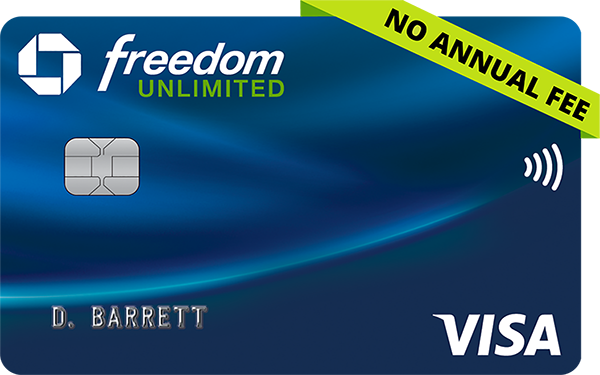What Is a Balance Transfer Credit Card?
A balance transfer credit card is a card that offers a long time period, often 12 to 18 months, with no or very low interest to pay down a debt you transfer there.
Once you’re approved for a balance transfer card, you can move over a balance from another card and have a long time to work on paying it off before interest kicks in. These cards can be very helpful in getting ahead of debt and high interest charges, but they work best if you can pay off the whole balance before the intro period ends.
Balance transfer credit cards are just like any other credit card outside of the special intro period—you can make purchases and pay bills with them, and they can help or harm you credit depending how you manage them.
How Much Can You Save With a Balance Transfer?
The amount of money you can save with a balance transfer depends on the size of your credit card balance and your interest rate. When you don’t have to pay interest—and you can make slightly higher payments—a balance transfer card can save you hundreds of dollars. If you want to get out of debt faster, a balance transfer card can be a good step in the right direction.
Here’s an example of how much you can save with a balance transfer.
| Example Payments with Existing Card | Example Payments with a Balance Transfer Card | |
|---|---|---|
|
Amount owed |
$1,000 |
$1,000 |
|
APR |
17.49% |
0% for 18 months |
|
Monthly payment |
$50 |
$58 |
|
Time to pay off balance |
24 months |
18 months |
|
Interest paid |
$190 |
$0 |
|
Balance transfer fee |
$0 |
$30 |
|
Total paid |
$1,190 |
$1,030 |
In this example, you’ll not only pay almost $160 less with a balance transfer card, you’ll actually be able to do it faster. If your card has a balance transfer fee, be sure to factor that into the equation too.
Quick Tip
Try our balance transfer calculator to see how much you could save with a balance transfer credit card, and how long it would take to get out of debt.
How to Make a Balance Transfer
Here are the typical steps to make a balance transfer:
- Shop around: The first step is to research the best balance transfer credit cards for your situation. Check out what credit score range you need, how long the intro period is, what the balance transfer fee is, and if the card offers any other perks or drawbacks for your situation.
- Apply for a balance transfer credit card: Once you find the right card for you, apply. You can usually do this online and will get approved or denied quickly. The issuer will do a hard credit check, which will decrease your credit score slightly, whether or not you’re approved.
- Review the fine print: You won’t know your credit limit until you’re approved for the card, so you’ll want to make sure that amount is more than the debt you want to transfer. Also review the card’s terms so you know exactly how long you have to pay down the balance before interest kicks in—and know if there’s a balance transfer fee you’ll be on the hook for.
- Transfer your balance: Some cards let you initiate this automatically when you apply for the card. If not, contact the card’s customer service after you’re approved and ask them to set up the transfer. They’ll need information about your balance and old credit card, so have all that information handy to make the process go faster.
- Make your monthly payments: Once your balance is transferred, be ready to make monthly payments that will allow you to have the full amount paid off before the intro period ends. You can set up automatic payments to make it easier or use whatever bill pay method works for you.
Pros and Cons of a Balance Transfer Credit Card
Pros
- No or very low interest for a long time period
- Can consolidate multiple debts
- Can help improve credit
Cons
- Balance transfer fee
- High interest after intro period ends
- Credit limit may not be high enough
- Having a new card could tempt you to overspend
Pros of a Balance Transfer Credit Card
- No or very low interest for a long time period: The best part of a balance transfer card is the long window you get to pay down your balance before you are charged interest. Some cards charge very low interest, but the best balance transfer cards charge no interest for 12 to 18 months.
- Can consolidate multiple debts: If you have several balances spread out across credit cards, bringing them all into one place can make it easier to track what you owe and makes the bill less hassle to manage.
- Can help improve credit: As long as you pay off the full amount before the intro period ends and then never carry a balance in the future, a balance transfer card can help improve your credit. A history of paying on time, along with lowering how much credit you’re using, both impact credit score.
Cons of a Balance Transfer Credit Card
- Balance transfer fee: Many balance transfer credit cards charge a fee to move over your debt, often around 3% of the amount you’re moving over. This might be worth it in the long run, but it’s best to calculate how much you’ll need to pay before you commit.
- High interest after intro period ends: Once the promo period ends, you’ll face whatever interest the card normally charges. If you have any amount on the card after the 0% intro period ends, you’ll be hit with high interest going forward.
- Credit limit may not be high enough: Depending how much you want to transfer, you might not be approved for a high enough credit limit on the new card. You usually don’t find out your credit limit until you’re approved, which can make the process a little tricky.
- Having a new card could tempt you to overspend: Credit cards make shopping super easy—too easy, sometimes, and if having another one in your wallet leads to charging more than you can afford to pay off each month, you might end up adding more to your debt.
Choosing a Balance Transfer Offer What to Look for in a Balance Transfer Offer
Consider these factors when searching for the right card for your situation
-
1
Introductory Period
Pay attention to how long the intro period lasts. Many of the best balance transfer credit cards offer 12 to 18 months of no interest, and some may even go longer.
-
2
0% APR
Most balance transfer offers come with a 0% APR, but some have low rates of up to 3.99%. Try first for balance transfer offers that don’t charge interest so your entire payment goes to principal (the amount you owe).
-
3
No or Low Balance Transfer Fee
It’s best if there’s no balance transfer fee, but that’s a rare feature among these cards. If you have a big balance, look for a card with no fee, or one that charges a lower one (like 3%).
-
4
0% Purchase APR
See if you can find a card that also offers 0% APR on new purchases. You might not get a purchase period as long as the balance transfer offer, but it can help you save even more on interest.
-
5
Rewards and Sign-Up Bonuses
Some cards offer rewards programs and sign-up bonuses. If you can get cash back or a statement credit with your regular spending, it could help you pay down your bill even faster (or just put some cash in your pocket), which is a nice perk.
-
6
Your Priorities
Figure out what features are most meaningful to you as you shop around for the right card. It might be a long 0% APR window. Or it could be the lowest balance transfer fee you can find. Knowing what you need before you compare cards will help make the process smoother.
How to Use a Balance Transfer to Pay Off Credit Card Debt
A balance transfer card can be a great tool in paying off credit card debt because it allows you to consolidate debts in one place and pay them off interest free for a period of time. Here’s how to use a balance transfer to pay off credit card debt and get started with a debt-free future.
1. Take Inventory of Your Credit Cards
Review your cards and existing balances to see the whole picture of what you owe. Make a list of every card you have and note these details for each card:
- Card name
- Balance
- Interest rate
- Minimum payment (if you carry a balance)
- Annual fee
- Rewards rates and bonus categories
This makes it easier to know what you owe so you can decide if you want to move the debts to a balance transfer card.
2. Consolidate Balances With 0% APR Offers
If you have outstanding balances on your cards, now could be a good time to move them to a balance transfer card. With a 0% introductory period, you can stop paying interest on your card for a year or two, depending on the card. This is hopefully enough time to pay off your balances for good. Just be sure to look out for balance transfer fees before applying for a new card. Balance transfer fees are often worth it, however, if they can save you a small fortune on interest every month.
3. Decide Which Cards to Keep Using
Your card inventory can also help you figure out which ones you want to keep using. For example, if you have a card with a great rewards rate in a category you spend in regularly (like groceries), you might want to use that card more. And if you have cards without annual fees, it’s a good idea to keep them even if you don’t use them regularly. Keeping credit cards open and in good standing for a long time can help build your credit.
If you have a card with an annual fee, it’s worth considering making a change. Annual fees are worth it for people who get more back in rewards than the. cost of the annual fee. Sometimes, closing the card is the right move, but closing cards can decrease your credit score a bit. Another option is to call the number on the back of the card and ask to downgrade to a no-annual-fee version, if possible. This preserves your credit while lowering your annual fees. If there are no downgrades available, it may be the right move to cancel.
4. Make a Spending Plan for the Future
Once you’ve got a clear picture of your cards and have moved your debt to a balance transfer card, the next step is managing your spending and bill pay. The key to a balance transfer is to pay off your debt in full before the intro period ends, so that is likely your top priority.
But continuing to use your credit cards can have a positive impact on your credit score. The secret is to only spend what you can afford to pay back each month so you avoid getting hit with costly interest charges. Paying your credit card bills on time will help you avoid new debt and will help increase your credit score.
Alternatives to a Balance Transfer Credit Card
Here are some alternatives to balance transfer credit cards that might fit your situation better:
- Apply for a debt consolidation loan: Debt consolidation loans are personal loans used specifically to pay off debts. It’s another method you could use to bring all your balances into one place so you only have one bill each month. The nice thing about personal loans is that they tend to have higher borrowing limits than credit cards. If you need more than a year to pay off your debts, a debt consolidation loan can be a better choice than a balance transfer.
- Develop a debt payoff strategy: If you can tackle your debt on your own, you may find a tried-and-true debt strategy can help you. Two of the most popular are the avalanche method and the snowball method, which help you tackle your balances efficiently.
- Negotiate a payment plan: Ask your creditor to work with you on a repayment plan you can afford. Many lenders will do this, especially if you’ve made payments in the past and have a plan for how much you can pay each month. Your mileage may vary, but it’s worth asking politely to work out a compromise if you’re really in over your head.

The Best Personal Loans of May 2025
When Is a Balance Transfer a Good Idea?
A balance transfer is a good idea if you have good enough credit to qualify for a balance transfer card and know you can pay off the debt before the regular interest kicks in.
Getting a balance transfer credit card probably isn’t worth it if:
- You can’t pay down the balance before the intro period ends because you’ll have to pay high interest charges again
- The amount you want to transfer is higher than the credit limit you can get on the card
- Your credit score is too low to qualify for the card
- Having a new credit card will tempt you to overspend
Methodology
Balance transfer credit cards on this list were chosen to reflect a variety of spending styles and needs. Everyone has different preferences and goals, and this list is designed to help people with different expectations and needs in credit cards to have a better chance of choosing between some of the best balance transfer cards based on what works best for them.
It’s possible to find a balance transfer card that works for you, whether you’re looking for more manageable payments over a longer period of time or want to earn rewards on purchases even as you work toward paying down your debt.
Best Balance Transfer Credit Cards FAQ
-
A balance transfer itself won’t hurt your credit, but the credit card company will do a hard credit inquiry when you open the new card, which will ding your score a few points for a short time. If you pay off your transfer before you start incurring interest, a balance transfer can actually help improve your score. However, if you transfer a balance and don’t pay it off, your score will be hurt.
-
It’s a good idea to do a balance transfer if you find a card with a long 0% intro APR and know you can pay down the amount you put on the card before interest kicks in. Just be sure you can pay off the full amount before then so you don’t go further into debt and hurt your credit.
-
The downside of a balance transfer could be the fees a credit card issuer charges to make the transfer. Another downside is the high interest rate that goes into effect after the promotional 0% APR (or low APR) period ends. The best way to use a balance transfer is to make sure the transfer fee is worth it and that you can pay down what you owe during the intro period.
-
A balance transfer could fail for a few reasons, including if you:
-Try to transfer an amount that’s higher than the credit limit on your new card.
-Have too low of a credit score because issuers might think you’re less likely to pay down your balance
-Have done too many balance transfers recently because this might signal you’re moving debt from one card to another without paying itIf your balance transfer fails and none of these things apply to you, or you aren’t sure, contact the card issuer for clarification.
-
You typically don’t lose rewards if you do a balance transfer because it’s treated as a payment to the old card. As long as that old card stays open and active, you will have access to your rewards.
-
Unlike rewards credit cards, a balance transfer card is a credit card specifically focused on encouraging consumers to move their debt. A balance transfer card usually offers a 0% APR for a limited period of time to attract borrowers who are tired of a high interest rate. In many cases, it’s possible to find a balance transfer card that will offer 0% APR on credit card balances for 12, 15, 18 or 21 months. Generally, your new card issuer pays off your debt with the other creditor and you make payments to your new creditor instead.
-
Many credit card issuers charge a fee to handle the process of moving your debt from your old creditor to the new card. It’s common for balance transfer fees to be between 3% and 5% of the amount you transfer. Some creditors might also impose a minimum fee of $5 or $10. This fee is typically added to your credit card balance. For example, if you transfer $2,000 to your new card, and the balance transfer fee is 5%, you’ll end up paying $100 to move the money. That amount is added to your balance, making it $2,100. However, the interest savings from moving your money could easily make up for your balance transfer fee.


